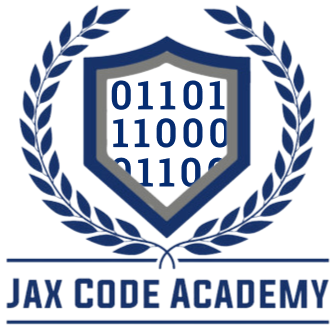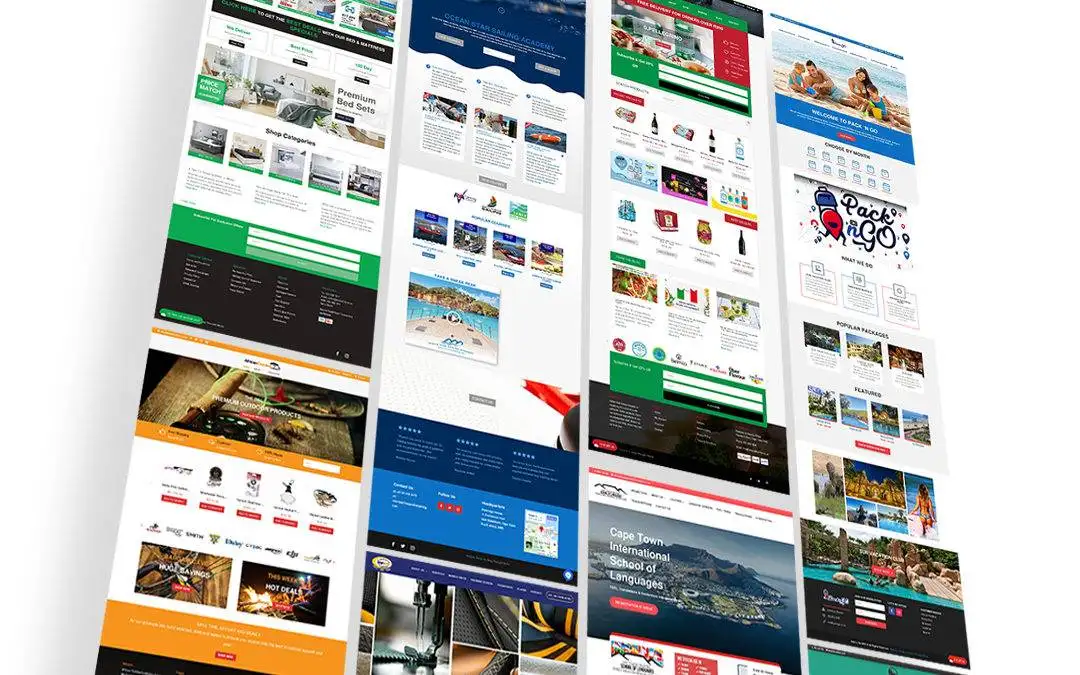Web development continues to evolve rapidly, with new frameworks, technologies, and tools emerging to make development faster and more efficient. However, the foundation of any web development project remains the choice of programming language. In 2024, several programming languages stand out for their popularity, ease of use, and wide adoption across different types of web applications. Whether you’re just starting out or are an experienced developer looking to stay up to date, here’s a look at the hottest programming languages for web development right now.
1. JavaScript
JavaScript continues to dominate the web development landscape as the most widely used language for both front-end and back-end development. It powers the interactivity of websites and is essential for creating dynamic and engaging user experiences. With popular frameworks like React, Vue.js, and Angular, JavaScript makes it easier to build complex single-page applications (SPAs) that are fast and scalable.
On the back-end, Node.js enables developers to use JavaScript for server-side programming, eliminating the need to switch languages between front-end and back-end. The growing ecosystem of tools and libraries in the JavaScript world makes it a vital language for modern web developers.
- Best for: Full-stack web development, SPAs, server-side development
- Notable frameworks/libraries: React, Vue.js, Angular, Node.js, Express.js
2. Python
Python has gained traction as a versatile language, especially in the back-end development space. Its syntax is clean, easy to learn, and highly readable, making it a favorite among beginners and experienced developers alike. Python frameworks like Django and Flask are incredibly powerful for developing scalable web applications quickly.
Python is also increasingly popular due to its applications in machine learning and artificial intelligence. Many web developers are integrating AI features into web apps, making Python a go-to language for cutting-edge applications.
- Best for: Back-end development, data-driven web applications, AI/ML integration
- Notable frameworks/libraries: Django, Flask, FastAPI
3. TypeScript
TypeScript is a strongly typed superset of JavaScript that compiles down to JavaScript. It adds optional static typing to JavaScript, allowing developers to catch errors early and write more robust code. TypeScript has become the default for many large-scale applications due to its ability to reduce bugs and improve code quality, especially in larger teams.
Frameworks like Angular are built with TypeScript in mind, and it can also be used with React and Vue.js, making it an important language for front-end development in 2024.
- Best for: Large-scale applications, front-end development with JavaScript frameworks
- Notable frameworks/libraries: Angular, React (with TypeScript), Vue.js (with TypeScript)
4. PHP
Despite being around for decades, PHP remains a popular choice for back-end web development, powering over 75% of websites, including WordPress, the most used content management system (CMS) globally. PHP continues to be a strong option for server-side scripting, particularly for projects that require fast and simple solutions.
With modern updates like PHP 8, which brought performance improvements and new features, PHP remains relevant for building dynamic and content-driven websites.
- Best for: Server-side scripting, content management systems (CMS), e-commerce
- Notable frameworks/libraries: Laravel, Symfony, WordPress
5. Ruby
Ruby, along with its popular web framework Ruby on Rails, is known for its simplicity and developer-friendly syntax. Rails has been a go-to for startups and small businesses because it allows developers to build web applications quickly with fewer lines of code.
While its popularity has plateaued compared to JavaScript and Python, Ruby on Rails remains a solid choice for building scalable web applications in record time, thanks to its “convention over configuration” philosophy.
- Best for: Rapid web application development, startups, MVPs
- Notable frameworks/libraries: Ruby on Rails
6. Go (Golang)
Go, also known as Golang, was developed by Google and is growing in popularity for its speed, simplicity, and ability to handle concurrent tasks efficiently. Go is particularly well-suited for building APIs, web services, and microservices due to its performance and scalability.
It’s becoming a strong competitor in back-end web development, especially for cloud-based applications and distributed systems where performance is critical.
- Best for: APIs, microservices, high-performance back-end development
- Notable frameworks/libraries: Gin, Echo, Beego
7. Rust
Rust is gaining traction in web development due to its memory safety, performance, and focus on writing safe, concurrent code. While still more of a niche language, Rust is increasingly being adopted for web assembly (WASM) projects, enabling high-performance applications to run in the browser.
Its strong typing system and low-level capabilities make it a great choice for developers looking to build high-performance web applications.
- Best for: WebAssembly (WASM), high-performance web apps, systems programming
- Notable frameworks/libraries: Rocket, Actix
8. Java
Java is a well-established language that remains relevant for web development, particularly for large-scale enterprise applications. Its strong support for multithreading, scalability, and security makes it the backbone of many corporate systems and web services.
Java frameworks like Spring and Hibernate make it easier to build robust and scalable web applications. Java’s cross-platform compatibility and performance continue to make it a top choice for enterprise-level web development in 2024.
- Best for: Enterprise-level applications, complex web services
- Notable frameworks/libraries: Spring, Hibernate
Conclusion
In 2024, web developers have a rich ecosystem of programming languages and frameworks to choose from, depending on their project needs. Whether you’re building a fast, responsive front-end or a robust back-end system, languages like JavaScript, Python, and TypeScript offer flexibility, scalability, and performance. Meanwhile, more specialized languages like Go and Rust are perfect for high-performance applications where concurrency and efficiency are key.
The choice of programming language ultimately depends on your specific project requirements, team expertise, and long-term maintenance needs.




